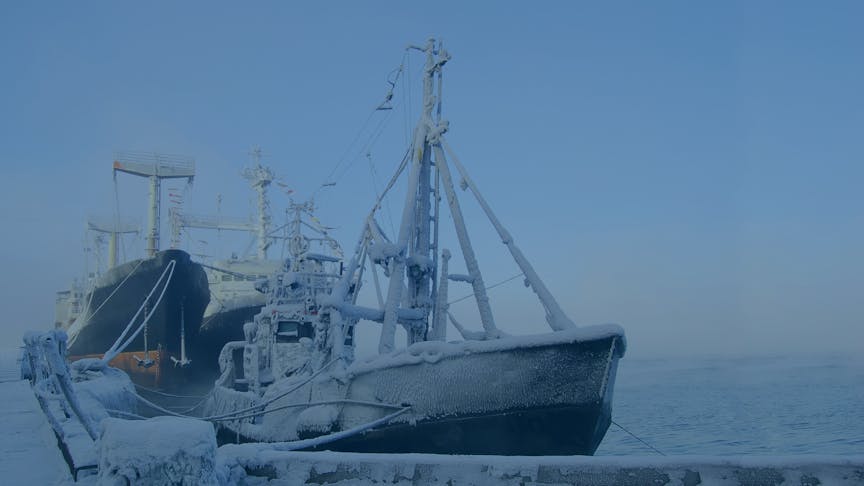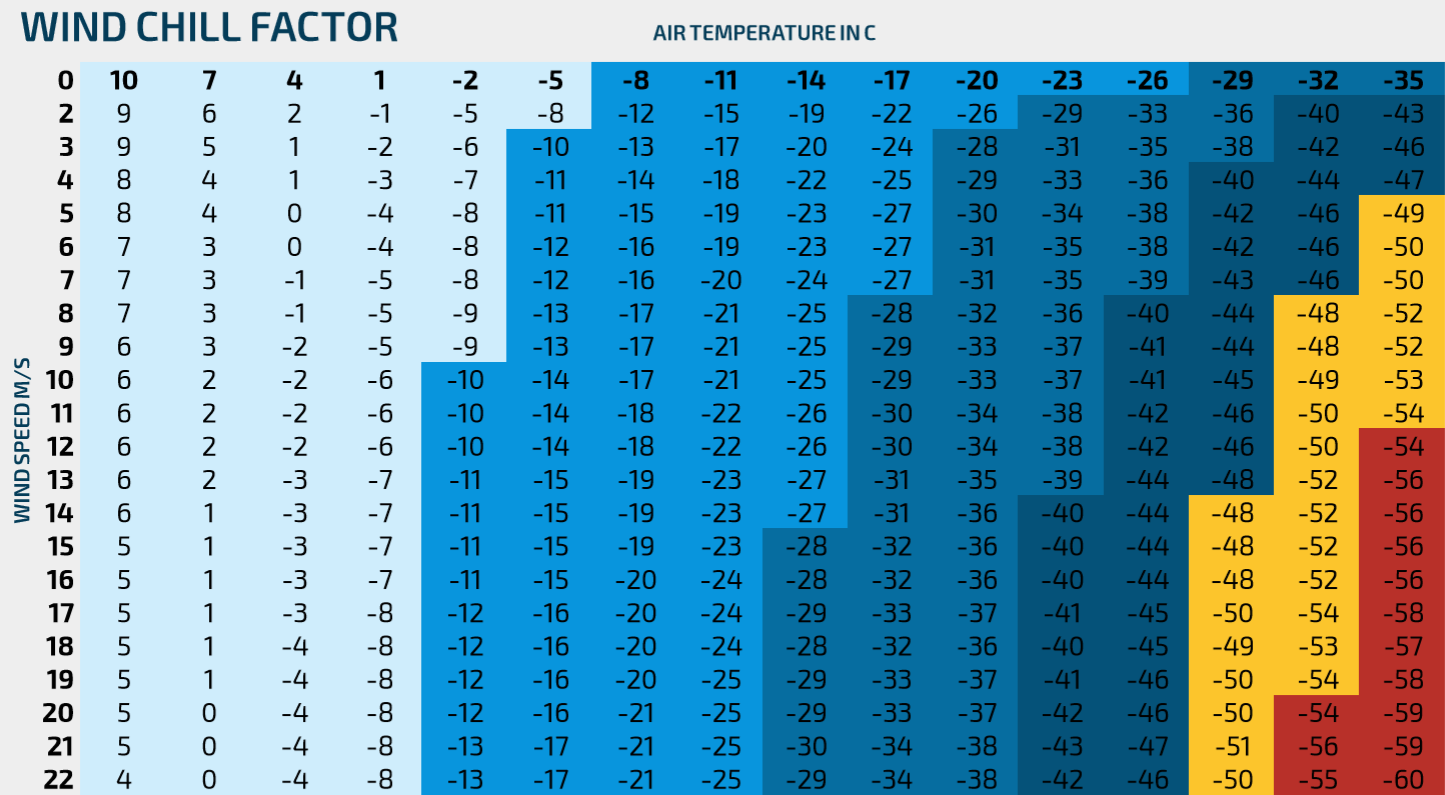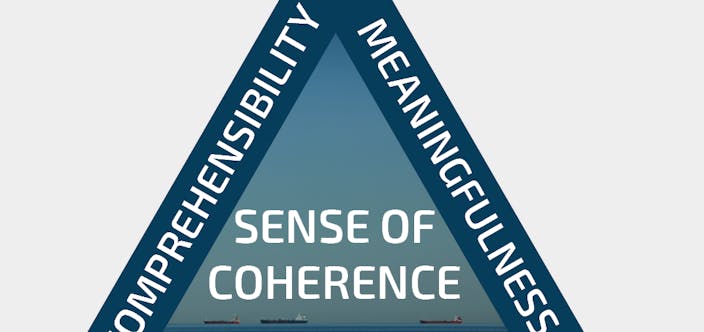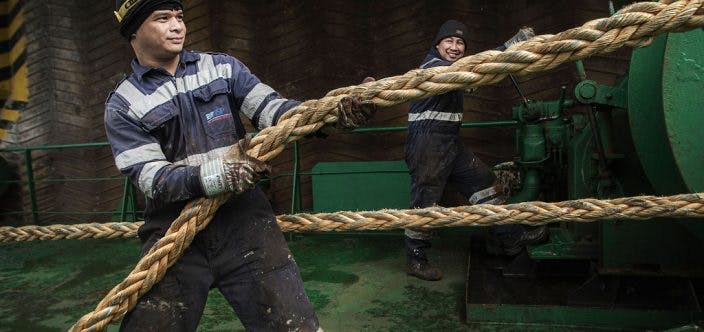Winter theme
Learn more about hypothermia, basic layering and contact damages in our monthly theme.

During the winter season, the number of claims within certain claims categories tends to increase, especially in the northern latitudes. Learn more about the effects of freezing temperatures on inbound vessels in our winter theme.
During the winter season, the number of claims within some categories increases, especially in the northern latitudes. The table below illustrates our winter claims frequency statistics for certain categories next to the corresponding frequency during the rest of the year. Here, winter is defined as December–March. The number of claims is divided by the number of months.
CONTACT DAMAGES
Typical winter weather conditions include strong winds, high wind waves and swells, which make ship handling and maneuvering in narrow passages more difficult. Ice conditions out at sea are another seasonal factor that affects the operational safety of vessels, since maneuvering and mooring operations in thick and heavy ice is always more challenging and riskier than in open water. In addition, the structure and thickness of ice may vary greatly, which complicates predicting the exact dynamics of maneuvering. This may lead to unexpected vessel movements that in turn can cause contact damage.
PREVENTION
Study the winter navigation and ice breaking circulars:
Baltice >>
Consult the NP 100 “The Mariner’s Handbook” for winter navigation
Be aware of the increased risks with freezing and hypothermia:
BASIC LAYERING FOR COLD WEATHER:
When working in cold weather, layered clothing will keep you warm and safe. How to layer:
- Base layer – long underwear – transports sweat off your skin
- Middle layer – insulating layer – retains your body heat and protect you from the cold
- Outer layer – shielding layer – shields off rain and wind
BASE LAYER: There is a large variety of fabrics, synthetic (polyester, nylon) and natural (merino wool and silk) fibers. Each type of fabric has its own specific benefits. Choose depending on your own preference.
MIDDLE LAYER: A wide range of fabrics, both synthetic and natural, work for the middle layer. Generally, insulation properties are connected to thickness – the thicker the layer, the warmer the garment.
OUTER LAYER: It is important to have a high-quality shielding layer, since it will shield the inner layers from water and wind. The price range of such protective gear is wide, from the simplest wind resistant jacket to professional mountaineering jackets. A good jacket should, however, be water repellent while allowing at least some perspiration to escape.
Printable PDF >>basic_layering





